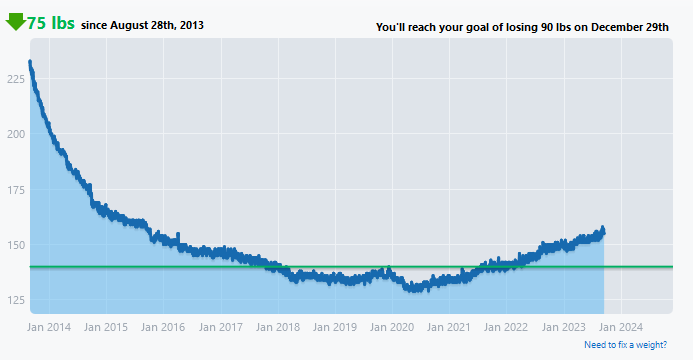I got my COVID and flu shots on Saturday, as planned. On Sunday, I had a fair bit of pain in the arm where I’d gotten the COVID shot. But no other obvious side-effects. Then, on Monday, I woke up with my usual set of cold/flu-like symptoms: headache, slight fever, runny nose, etc. I assumed it was just side-effects of the COVID and/or flu shots.
It was still pretty bad on Tuesday, so I did a tele-medicine thing through CVS. The doctor there told me that, yes, it was probably just side-effects from the vaccines, but that I should do a COVID test. So I did that, and it came back positive. I really should have gone back and done a second call with CVS, but I didn’t. I can’t tell you why, except that I was pretty sick and just wanted to sleep. And I was hoping maybe it was a false positive.
I was still sick on Thursday, so I did a second COVID test and that came back positive too. This time, I decided to call my regular doctor and see what she said. She wasn’t in the office that day, but her receptionist acted as a go-between, and she prescribed Paxlovid for me. In retrospect, I really should have reported the positive COVID test on Tuesday and gotten started with the Paxlovid then. Better late than never, I guess.
So now it’s Friday, and I’m feeling a little better. I probably could have gone back to work today (remotely of course), but I decided to just take a full week off. Better to get one more day of rest. The Paxlovid has a couple of side-effects. The worst is the metallic taste it leaves in my mouth. It’s quite unpleasant, and it doesn’t go away. (It’s not just the aftertaste of the pills, so you can’t just wash it out.)
So the plan now is to isolate through the weekend and start back at work on Monday, working remotely all week. Our company doesn’t have a firm policy about that, but I’m pretty sure it’s OK for me to do that. I’d like to be in the office for at least one day next week, if I could, since we’re supposed to have a meeting with the guy who (I think) will be my new boss, and it would be good to meet him in person. (My current boss is retiring at the end of the year.) But hopefully I can participate in that meeting via Teams.
Meanwhile, NYCC started yesterday. I guess I’m glad that I didn’t make plans for that, since I would have had to cancel them. I haven’t kept up with any news coming out of the con, since I’ve been pretty out of it, prior to today. This whole thing has made me even more reticent to go out and re-enter the world (as it were). And it’s made me realize that I’ve gotten a bit too lax about masking up. Lately, I’ve been skipping the mask sometimes, in environments where I should probably be wearing one (even though no one else is…).
